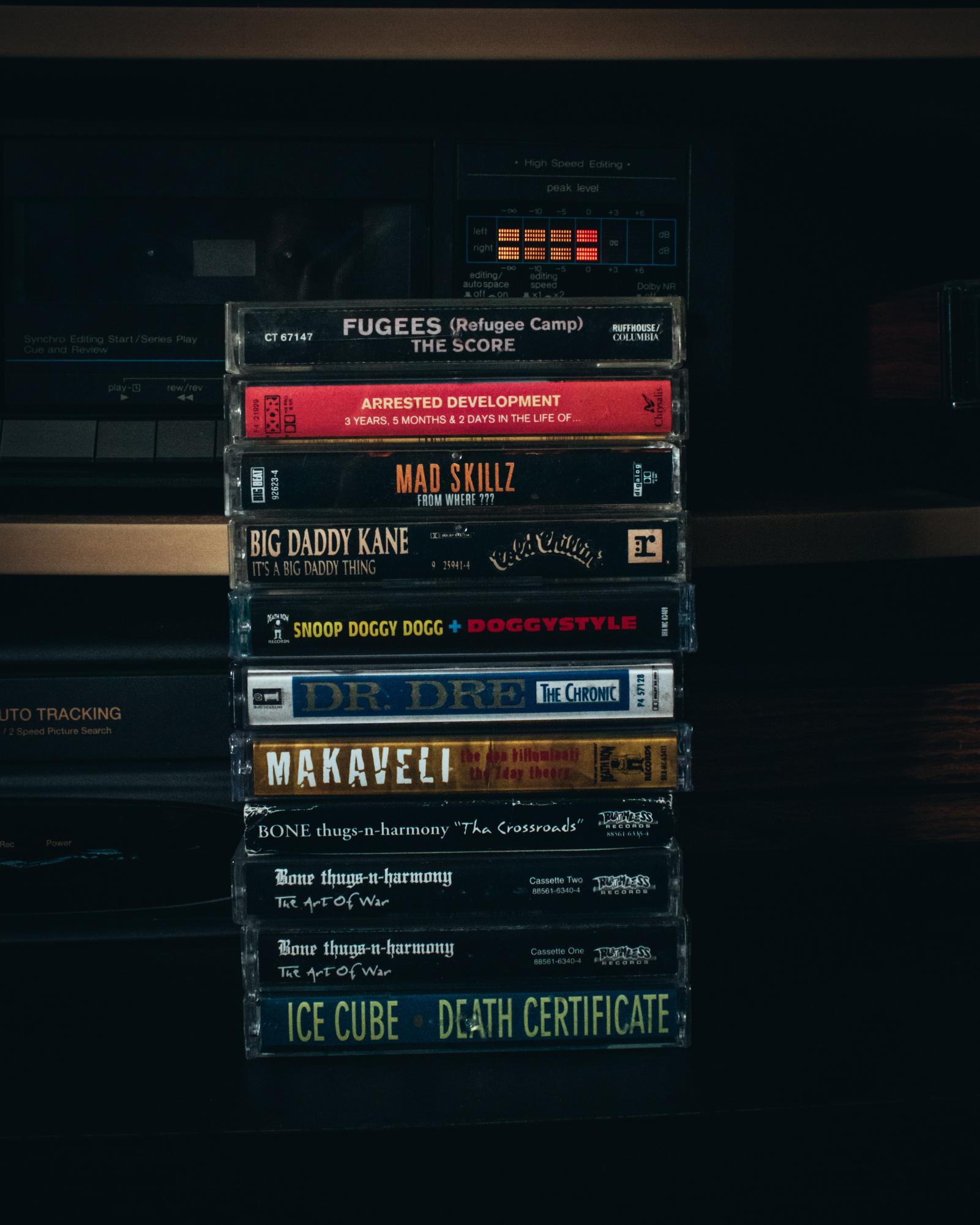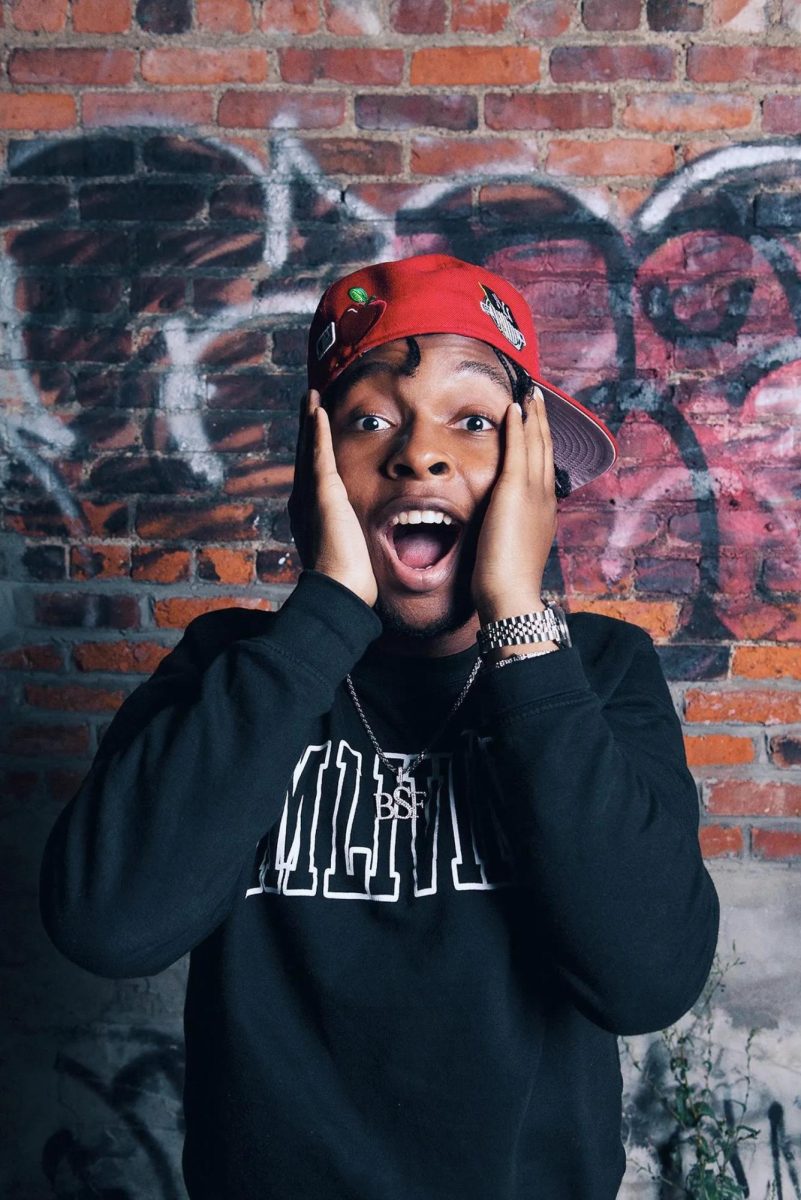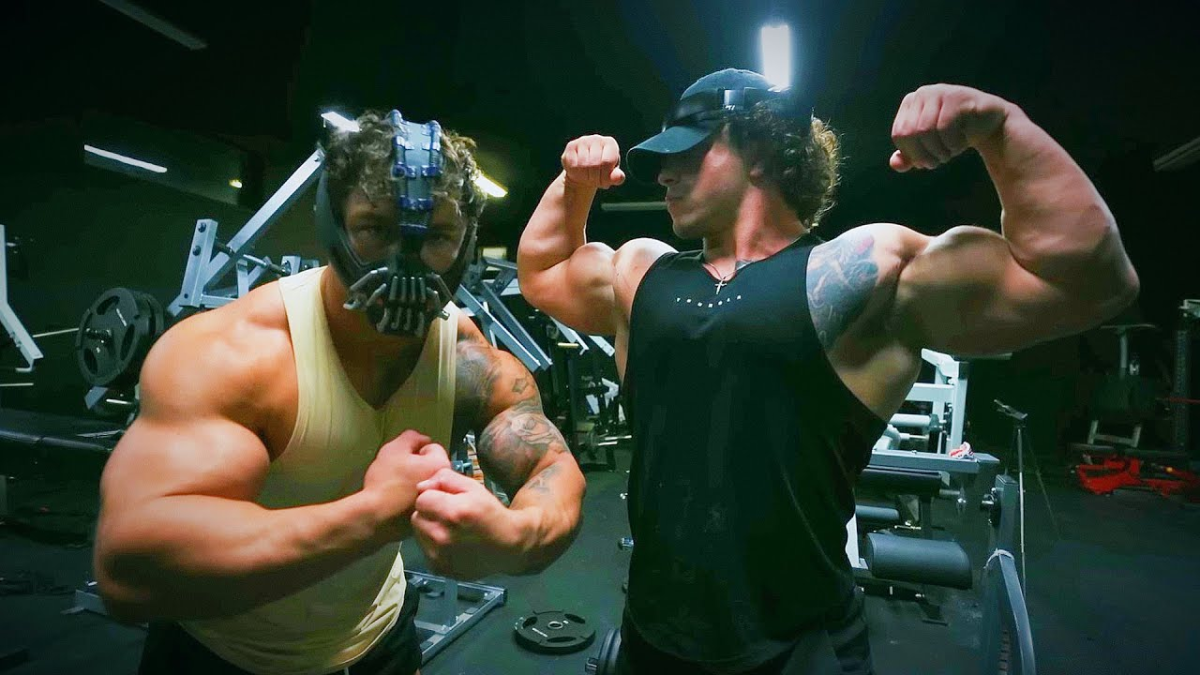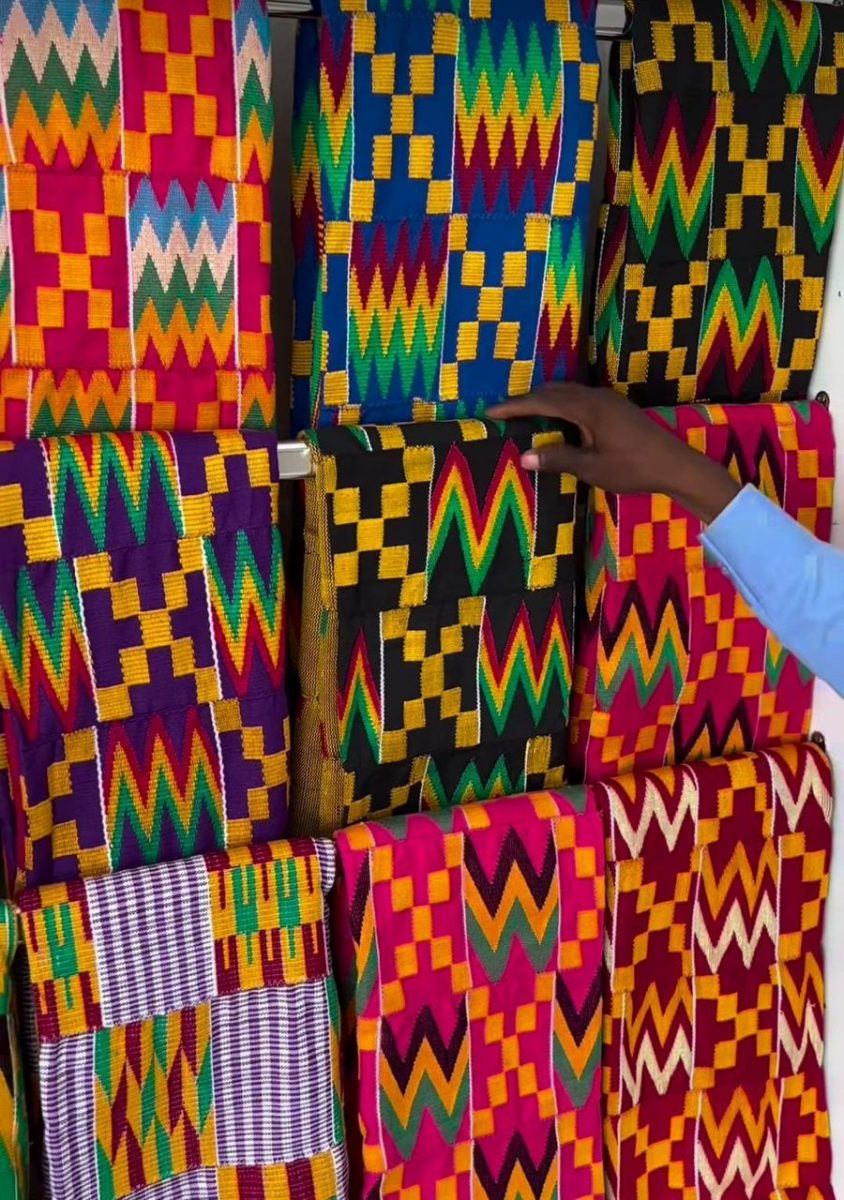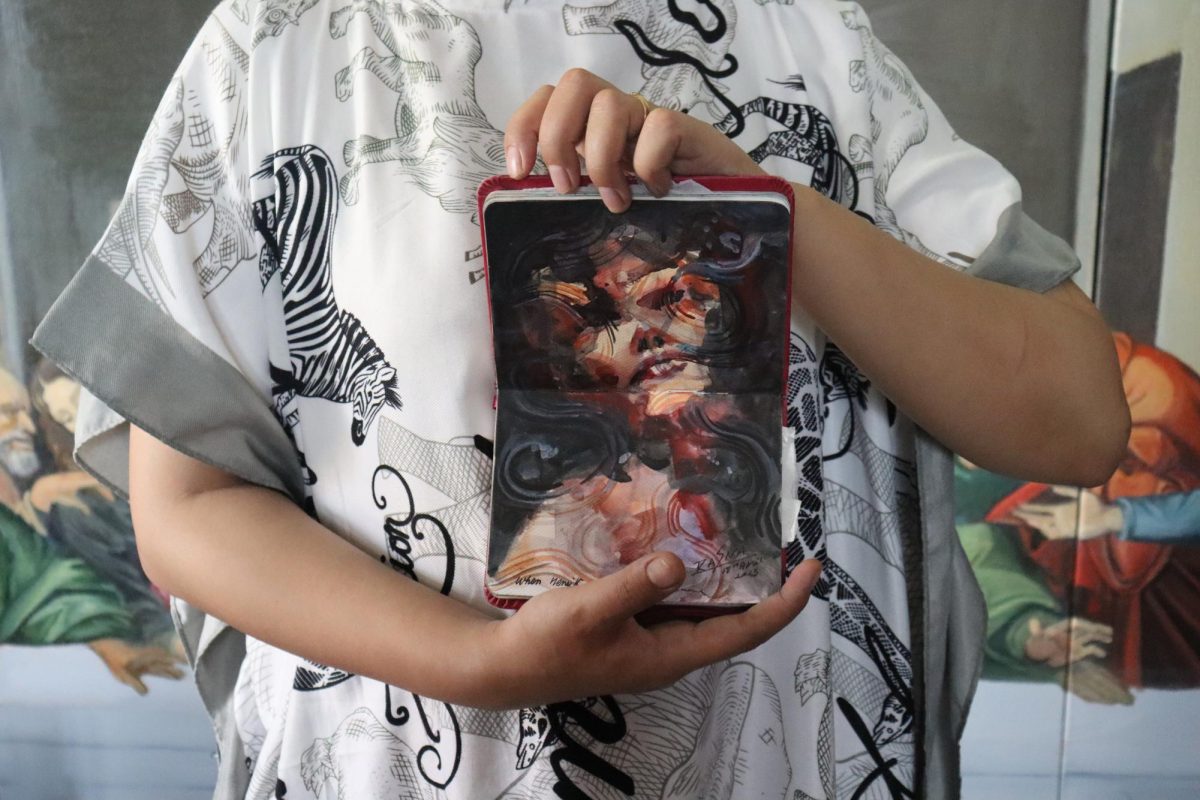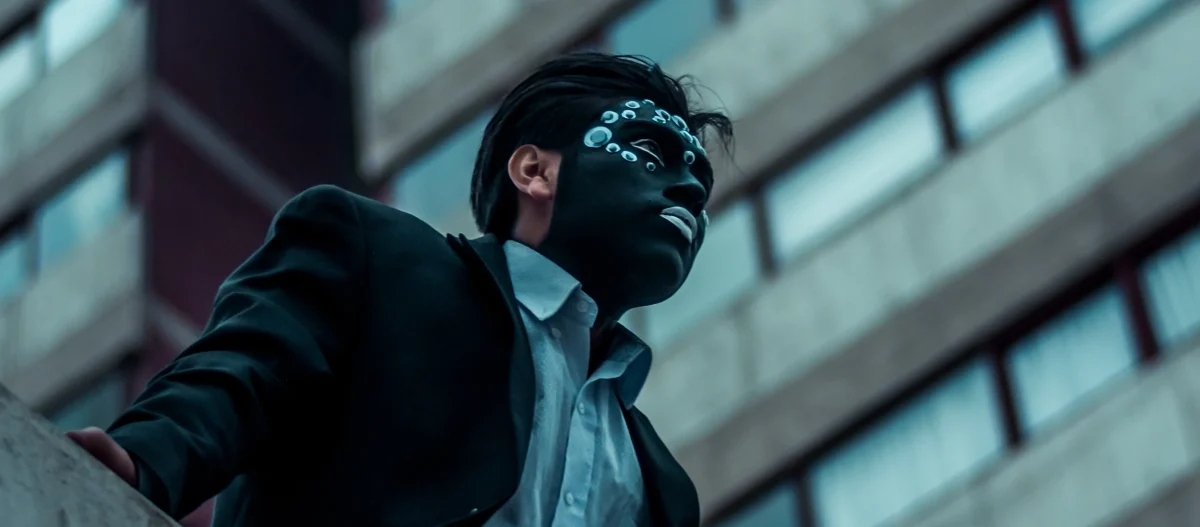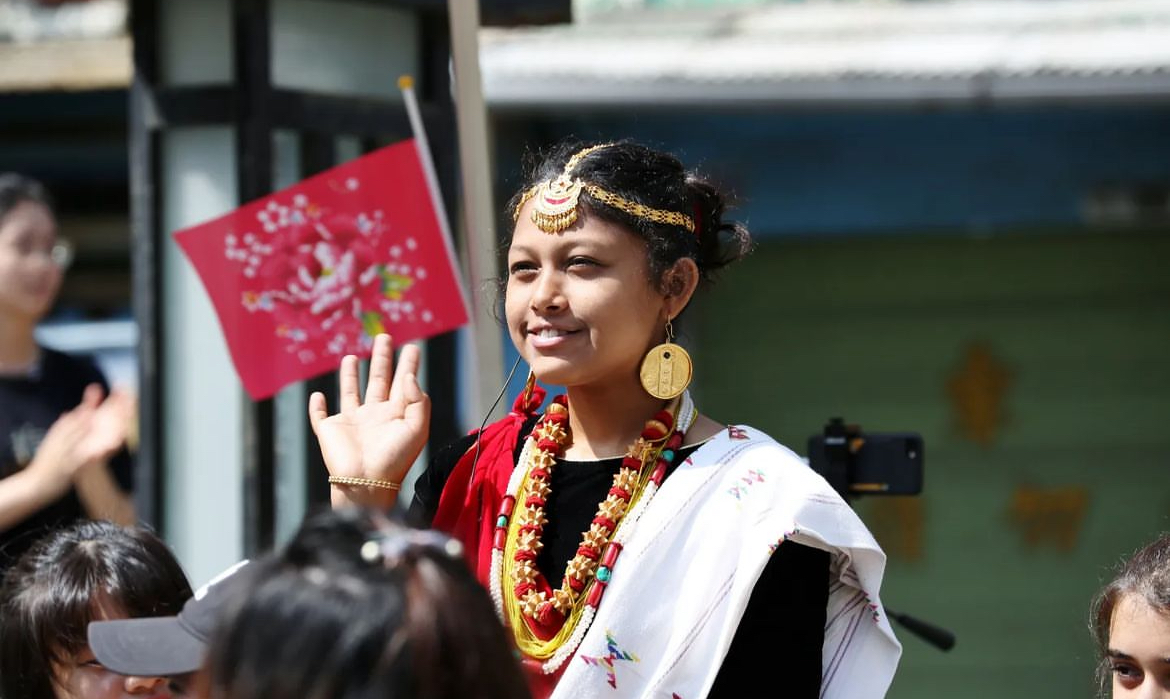Rhyme & Resilience: Navigating 50 Years of Hip-Hop Culture
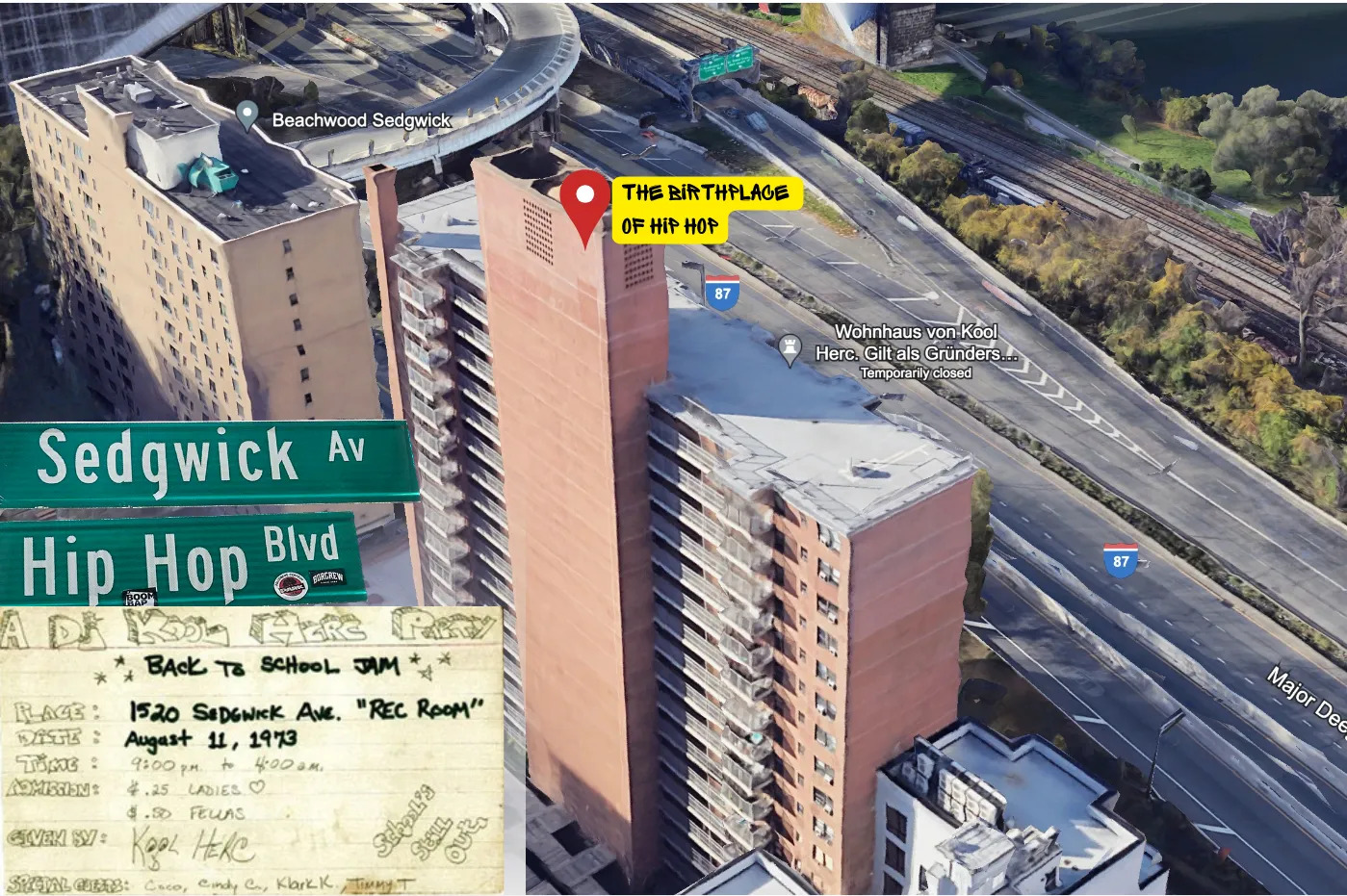
In the heart of the South Bronx, economic turmoil, limited opportunities, and academic struggles overshadowed the aspirations of many young people in the early 1970s. It was the adversity that allowed the art of hip-hop to come to life.
Curtis Vance Jr., known as ImYoungWorld, discovered his passion for music years later. Honestly, he was doing poorly in school and had the time on his hands, being grounded at home. Like many teens, he was on a journey of self-discovery.
ImYoungWorld immersed himself into the artistry of making music through a few poetry books and beats he created on 90s music equipment, particularly a drum machine.
“Within a couple of days, I erased everything that was on it, and within those couple of days I filled it back up with my beats,” ImYoungWorld said. “I combined my poetry and the beats I learned how to create. I would be running around my room with a remote as a microphone, stage diving off my bed as if I was Lil Bow Wow or something — I fell in love with the art of making songs.”
The ripple effects from the South Bronx reverberated elsewhere. Turntables spun, graffiti artists adorned the streets, and the art of breaking danced throughout the streets.
ImYoungWorld’s journey in hip-hop unfolded in Buffalo, N.Y., around 400 miles from the epicenter of this cultural phenomenon — 1520 Sedgwick Avenue, the birthplace of hip-hop. Yet, this geographical distance serves as a vivid reminder that the legacy of hip-hop is not confined to a single neighborhood, city, or street.
Fast forward to today, hip-hop stands as a global phenomenon. 2023 marks the 50th anniversary of the groundbreaking genre, a time to celebrate its enduring impact and the diversity that fuels its evolution.
As the turntables spin forward, emerging artists and producers are at the forefront of the cultural milestone, reshaping the genre while pushing the boundaries by infusing it with various music styles and cultural references. Through innovative musical fusions and a commitment to representing diverse voices, they are not only achieving commercial success but also redefining the very essence of success in hip-hop.
This is hip-hop; reborn, reshaped, and relentless.
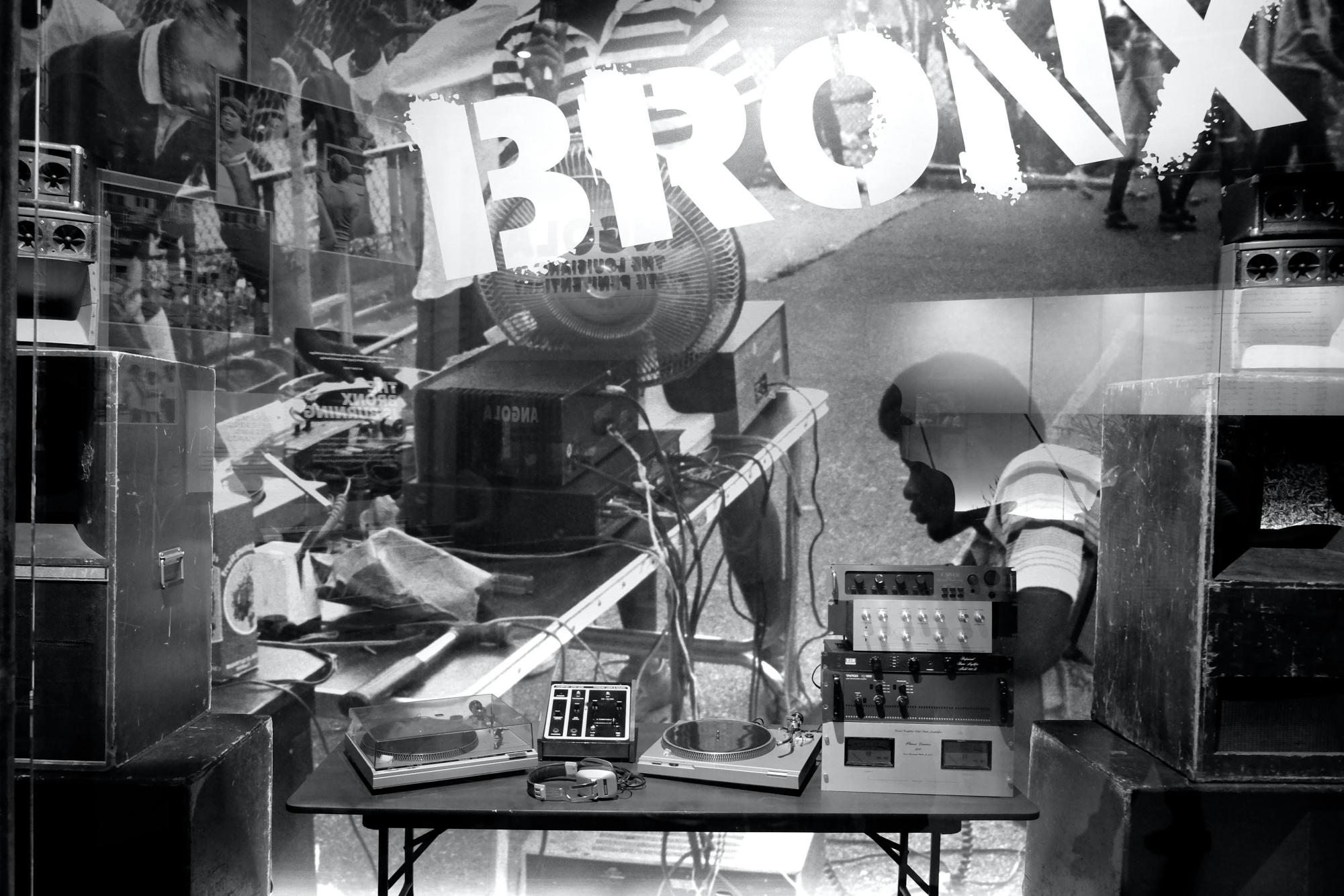
According to the U.S. Census Bureau, New York City experienced a significant demographic transformation because of the economy’s erosion.
As the city’s financial stability unraveled, white middle-class New Yorkers relocated from urban areas that began to diversify, leaving behind predominantly Black and Brown communities. As a result, a rise in poverty and a surge in crime led to a decline in living conditions in neighborhoods primarily occupied by Puerto Ricans, African Americans, and Caribbean immigrants.
However, despite limited resources, the teens of the South Bronx tapped into their creativity, crafting cultural expressions far beyond music. From breakdancing and vibrant graffiti art to the emergence of fashion as a form of expression, they ushered in a new era.
“Hip-hop has always had ties to the underground — it was very much invested in giving a voice to the voiceless,” said Kiana Fitzgerald, author of “Ode to Hip Hop.” “Hip-hop started out in parks, the streets of the Bronx, then eventually Harlem, Brooklyn, and Queens — it’s always been a very instrumental tool for people to speak about their lives on the ground level.”
Fitzgerald reflected on the legendary 1973 DJ Kool Herc’s “Back to School Jam” party, a milestone moment in hip-hop’s history. Here, the Jamaican-born DJ introduced the “merry-go-round” technique — using two turntables to spin the same track, creating instrumental breaks that allowed people to dance longer. He also adopted a style of speaking over records, reminiscent of parties in Jamaica. Kool Herc not only fathered MCing and a revolutionary DJing style, but he also deemed the dancers “b-boys” or “b-girls,” short for “break-boys” and “break-girls.”
Iconic figures like Kool Herc, Grandmaster Flash, and Afrika Bambaataa etched their names as the pioneers — the “Holy Trinity” — of hip-hop. Over time, the art of lyricism took center stage as rappers skillfully weaved rhythmic narratives, vividly depicting life in marginalized communities. This transformation reshaped the musical landscape but also firmly cemented rap as an integral element of hip-hop.
However, despite the flourishing culture within the streets, rap initially faced resistance. “Nobody liked rap when it first came out,” said JayQuan, the hip-hop historian. “It might be hard to imagine at this point, but there was a time when a rap record would never play on the radio. It was something that was generally seen as a fad, nobody thought it would last.”
Despite the initial skepticism and cynicism of rap music, hip-hop as a genre underwent a remarkable transformation, evolving from a widely misunderstood art form into a dominant subculture. Between the mid-1980s and early 90s, this “Golden Age of Hip Hop ‘’ marked entering the mainstream. It was during this era that hip-hop began to branch out, spreading across the western and southern United States. Notably, hip-hop began to dominate the Billboard charts, with rap artists responsible for a significant presence, accounting for a third of the top 100 albums.
This transformation set the stage for the voices of today’s hip-hop community who are pushing the genre forward and breaking barriers.
Enter ImYoungWorld, the Buffalo native whose journey as a hip-hop artist is a testament to the genre’s innovative spirit. He earned his stage name from a mentor early on.
ImYoungWorld’s earliest engagement with music took place in church where he would attend with his family. He recalls hearing the music, which transcended mere sound and evoked an emotional connection. His journey with musical instruments began as early as the first grade with drum lessons, fueling his aspiration to eventually become a music major during his college years at the University of Buffalo. However, his musical exploration didn’t end there — he also dabbled with the trumpet, guitar, bass, trombone, and piano.
After his experience of being grounded by his parents and creating 100 beats on the old MPC Beat Machine, his father introduced him to another Buffalo native in the music industry. It was Kid Cole, affiliated with Def Jam and known for working with prominent artists like DMX and Ashanti.
Working with Kid Cole provided ImYoungWorld with his first experience in a real studio and an opportunity to work on his first album at the young age of 14: “Just the Beginning.”
During the school year, he dedicated himself to crafting and promoting his debut album. He gained valuable insights into the industry, honing his skills in networking to effectively navigate the music business. “My cousin owned a liquor store,” ImYoungWorld said. “I would stand outside his store or inside and just perform, with the DJ — he would play my beats and then I would just travel around this beat machine that I had and plug it into the speakers and just rap.”
At about 19 years old, ImYoungWorld owned a recording studio in Buffalo where he dedicated himself to his creative outlet and self-expression. This creative endeavor serves as a tribute to his late best friend, who died in 2016. They shared a musical journey since their elementary school days.
During his studio ownership, ImYoungWorld encountered a valuable opportunity. City Boy, another artist, discovered his music and showed an interest in collaborating. This connection led to an introduction to Benny the Butcher, another Buffalo native and rapper associated with the Black Soprano Family.
This period of artistic growth set the stage for a new chapter in his career. In 2020, ImYoungWorld decided to take his talents to Atlanta and was signed to the Black Soprano Family.
His second album, “Legacy,” was a testament to his singular dedication. “I produced my music and I produced my beats,” ImYoungWorld said. “I never really needed to go out and look for people to make beats or work on other projects where I sing, I rap, and I do all types of different styles. I always believed I could be my feature.”
This early phase of his career meant he had to be self-sufficient and wear multiple hats. “I recorded myself, engineered, mixed, and mastered my songs — all of those things came out of necessity because I didn’t have the resources.
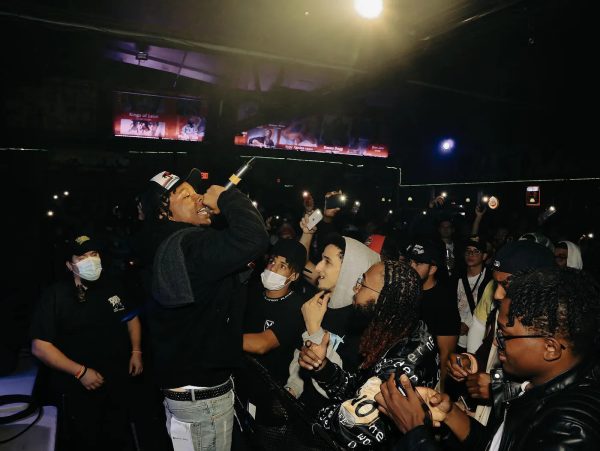
His success today is evident in his latest album, Bleu (released in April 2022 with both Black Soprano Family and Empire).
He recognized the notoriety he had gained — no longer being considered a local artist, but playing with the “major leagues”. Setting the tone in the industry and crafting a perfect first impression was important to him. His goal was to showcase his versatility and allow people to appreciate the unique qualities he brings to the artistic realm.
“I wanted to include a little bit of everything — like hip hop, and it’s going to change radio stations in the middle of you listening to the album,” ImYoungWorld said. Bleu also includes notable features from Benny the Butcher and Sy Ari da Kid.
Despite the album’s success, ImYoungWorld acknowledges the challenges he faced during the process — between grappling with mental health issues, coping with the loss of the late DJ Shay, and navigating the disruptions caused by the COVID-19 pandemic. Nonetheless, he chose to push through, fully aware of what was on the line for him.
“You have to learn how to still be you and be a person in the midst of all that,” ImYoungWorld said.
ImYoungWorld emerges as a singular force within the hip-hop landscape, navigating a distinct lane that sets him apart from the prevailing norms of today’s scene.
Hip-hop — rap, in particular — has been associated with drug culture, violence, and additional issues that continue to harm marginalized communities. The glorification of these issues has caused discourse throughout the recent years of the genre.
Despite that, ImYoungWorld said his upbringing has led him to discuss other themes in his music, including making a difference in his community. He finds himself in an important role, responsible for being a voice for those without.
“I feel like that’s what really resonates with me — making people around me better,” he said “That’s what God blessed me to do.”
In the track “Shine” from his recent album, he delves into how his music serves as a medium for expressing his life, his upbringing, and the essence of the artist he embodies.
I paint pictures with my pen, that’s a point of view
To make you understand the life that I was born into
What’s the angle that you taking? Yeah, I’m on to you
Look good but rough around the edges like a quarter do
This popping shit is dangerous, it come with being famous
I’m a figure for the young niggas, watch how I’m behaving…
ImYoungWorld prides himself on the unique type of artist who “goes against the grain”. He advises aspiring artists to embrace their individuality, urging them to discover their true selves, a process that will resonate authentically in their music.
“That’s the best way to succeed — find people who are like you,” ImYoungWorld said. “Be consistent, learn the game, learn what works, and what doesn’t work, and study people that you are inspired by because it resonates with you for a reason.”
“Also, don’t care about what people think. If you care what people think, you’ve lost already.”
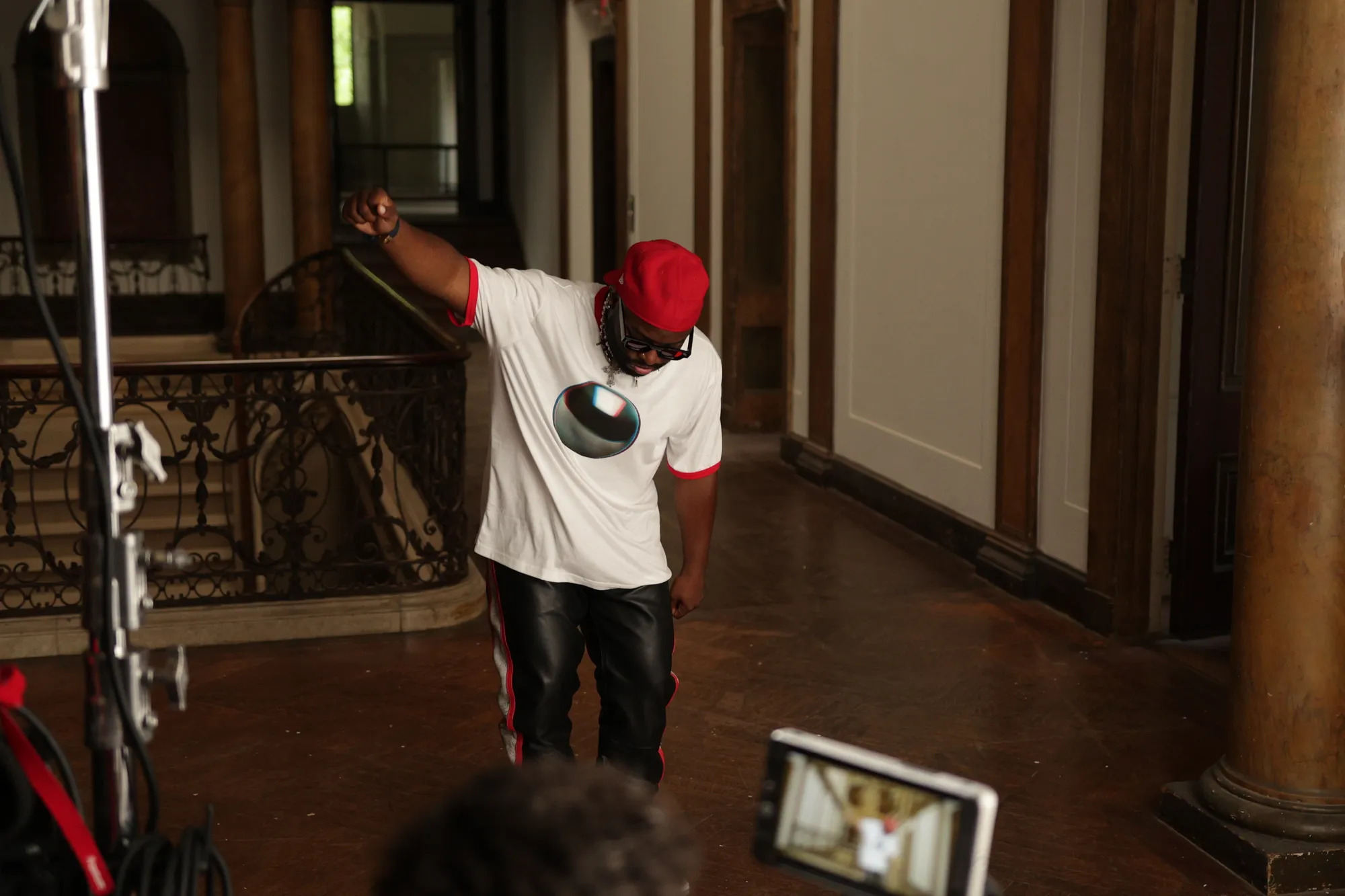
Among the emerging voices shaping the contemporary landscape of hip-hop, BlkPrl stands as a dynamic force. Born and raised in the Bronx and Harlem area, Malik Spence seamlessly intertwines the rich cultural influences of his hometown with his artistic ingenuity.
From the early age of 12, BlkPrl’s passion for music also originated within the church setting where he was able to develop the “ear” for music.
“I used to see sound, I still do. As a kid, any time I would hear a note or a key, I’d hear a color. I’d ask people ‘Could you play the red note or the blue note?’” said BlkPrl, describing the phenomenon of chromesthesia.
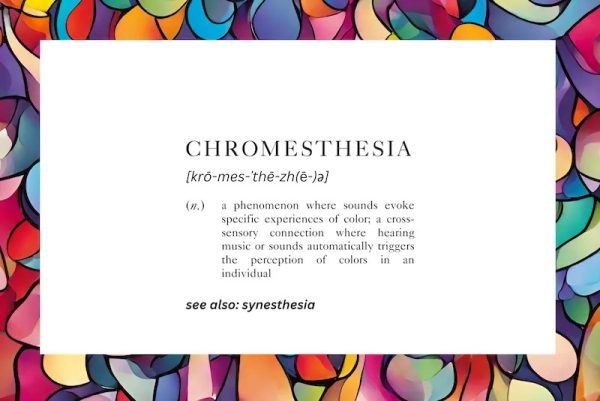
After years of developing and working on his craft, BlkPrl, then 19, seized the opportunity to join the gospel group Lecrae and contribute background vocals for R&B sensation H.E.R. for almost a decade.
Despite this, BlkPrl had a long-standing aspiration to venture into a solo music career, considering it a new and exciting musical journey that he had eagerly anticipated for years.
“I’m very proud of the music I’m making and creating. I’m also proud of the leap and the courage that I have — leaving a consistent lifestyle and saying ‘You’re gonna’ make it and trusting in my gift,” he said.
BlkPrl takes pride in being born and raised in the church and the streets — the duality that has shaped his unique approach to entering the music scene, a characteristic that permeates his ongoing musical career. Skillfully blending his cultural background into his music, he incorporates elements such as “group vocals” and a “vamp,” seamlessly intertwining them with “heavy drums and an 808”.
In particular, BlkPrl takes inspiration from famous artists and their popular albums within the 50 years, such as Kanye West’s College Dropout and Graduation, Kendrick Lamar’s To Pimp a Butterfly, Drake and Future’s What a Time to Be Alive, and more.
The 50th year of hip-hop marks a year of personal growth, expansion, and challenge for BlkPrl. Following years of honing his skills, he secured a contract with New York City-based record label and music management company, MNRK Music Group. While signing with a record label is a noteworthy achievement for any artist, his story was a bit different:
Despite his navigating grief, BlkPrl made a splash this summer with the release of his debut single and music video, “Wannabe.” Directed by John Tashiro, the video exudes New York block party-style vibes that capture the essence of summer in the city. He infuses a mixture of rap, R&B, and Caribbean beats, which reflects his diverse influences and establishes him as a versatile artist.
“The song was inspired by my real life — it was an argument that I had with my girl at the time,” joked BlkPrl. Inspired by his unapologetic honesty in the situation birthed Wannabe, where the lyrics perfectly describe the situation at the time:
I just be wantin’ to be a nigga sometimes (oh, nigga sometimes)
So tonight it’s just me and my nigga’s outside (outside)
Girl, go on, pull the trigger, it’s alright (alright)
’Cause I just be wantin’ to be a nigga sometimes
If my girl knew she’d be trippin’
But right now I don’t give a fuck
Hip-hop has not only been a transformative force that shaped the very essence of BlkPrl’s artistic expression but also his relationship to life’s journey.
“Hip-hop gave me the confidence to be vocal. It gave me the swag, the way to speak how I’m feeling, it gave me a way to express how I’m feeling without saying a word. God gives me a reason to live, while hip-hop gives me how to live — it gives me the way to walk as I’m on a journey”
BlkPrl continues to work daily on new music and create new beats within the realm of exploration. He also aims to express a message through his music that directly reflects on his development in life and even inspires people in their own lives.
“I feel like it’s going to inspire people to dive into their layers and find a creative home to express each layer,” he said. “Whether it’s art, photography, dancing, rap, singing, or poetry, people will find their medium to express and peel back their skin”
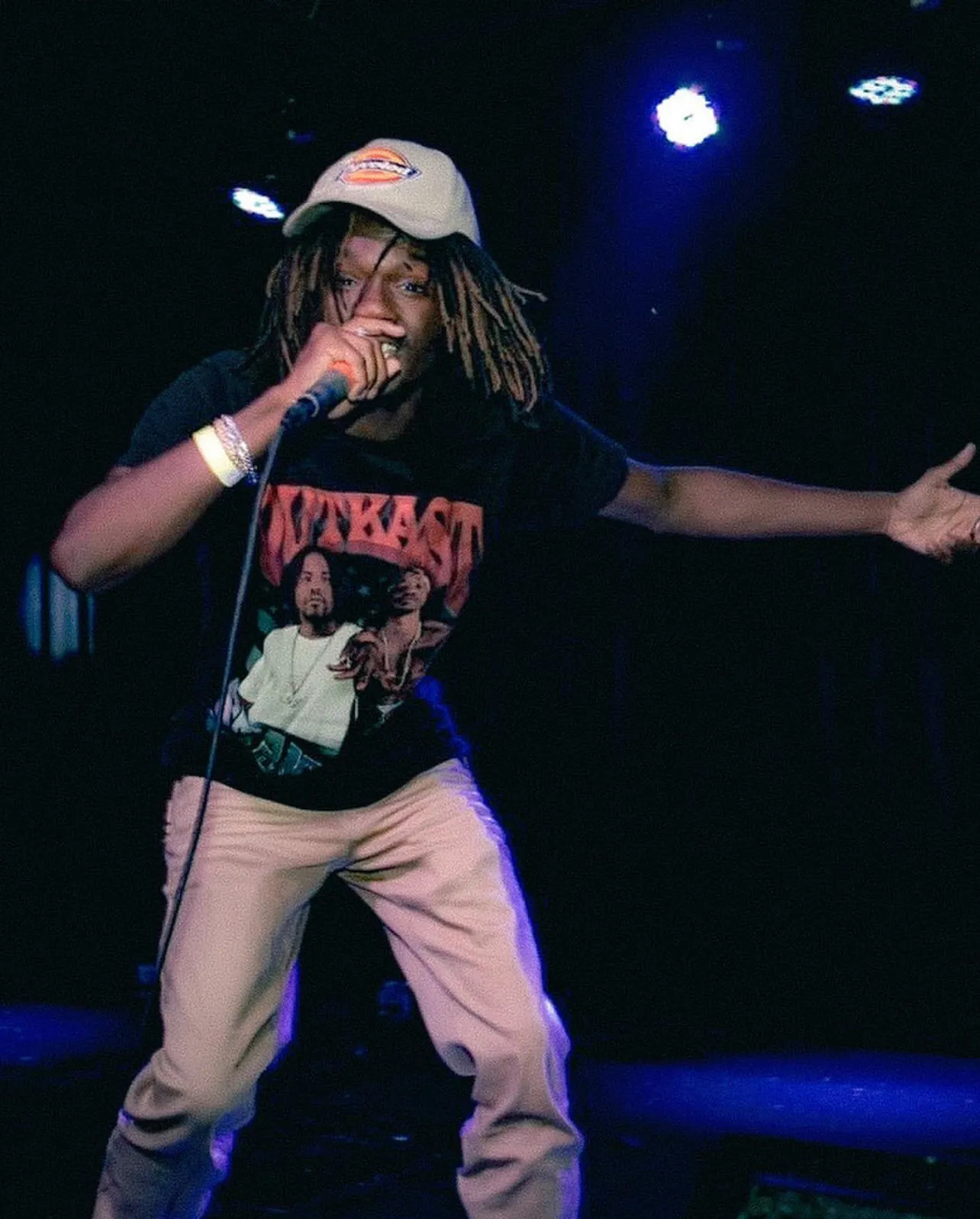
Khamarry Drake, the vibrant rapper from Marion, Indiana, takes pride in being a hip-hop maverick, forging a path that defies convention. He is known as “Free Spirit”, a self-explanatory moniker that expresses his nature to do anything that he puts his mind to simply because he wants and can; he’s also an accomplished photographer and artist.
As Khamarry approached his senior year in high school, he found inspiration in the impressive rap skills of a close friend. This encounter encouraged his desire to emulate that artistry. Early on, he was certain that his goal was to craft music with universal appeal.
“I’m still comfortable in my sound but I’m still learning how to put my sound in styles I haven’t even touched yet — I think that versatility is very important,” Khamarry said.
In a town of just under 30,000, his vibrant and energetic personality set him apart from the crowd. Growing up in Indiana, where the demographic landscape predominantly fell into the categories of Black or white with little in between, Khamarry found that this environment profoundly shaped not only the music he listened to but also the type of music he created.
“You get people that say ‘You’re making music for white people’ — I found myself trying to break down that wall,” said Khamarry. Despite the external judgments, he emphasized commitment to authenticity, rejecting the notion that his music must conform to stereotypical expectations of Black art. He takes inspiration from artists such as Tyler the Creator, Smino, and JID who incorporate their styles of music to successfully contribute to the genre.
Khamarry discovered his ability to create different types of music when he became an avid fan of artists such as XXXTentacion and Ski Mask the Slump God — two artists celebrated for seamlessly navigating between “angry, rage music” and“soft music,” showcasing a distinctive duality within the genre
“First, figuring out my voice. Second, figuring out how to hit my flow and cadence, then learning how to reciprocate,” recited Khamarry. As he continues to evolve as an artist, Khamarry ventures beyond his comfort zone, experimenting with diverse genres and sounds. This includes exploring various styles of R&B and even delving into house music reminiscent of Kaytranada or Thundercat.
Being a triple threat on stage — an actor, dancer, and singer — Khamarry had the early experiences of being a performer which have helped shape him into the current artist he is now.
Currently, stage presence and being a candid performer is an essential asset to his artistry. He prides himself on always giving more than 100% of his energy during performances because anything less is an “insult” to the supporters that go to see him. He took note of artist Notorious B.I.G., who rapped without vocals or backgrounds on their tracks — something he also began to do. He emphasized the difficulty of being a live performer as a rapper — the importance of not only knowing your lyrics, but ensuring ‘you sound good, project your voice, and essentially still perform.’
The more Khamarry takes part in live performances, the more he gets it down to a science. He strategically engages with his audience to “create a memorable live experience.”
@khamarry A top notch live performer, I am. The crowd is learning to carry tho. Walking Weird at 3:32PM is a song I still love and I still believe will one day captivate a large crowd! For the audiences who do know it love it. Everytime this track is ran they go ballistic. If you have not been to a show to feel the energy of this track, then i hope to be able to invite you at some point!! #rap #rapper #hiphop #nydrill #chicagodrill #undergroundrapper #undergroundshow #indiana #newartist #newmusic ♬ Walking Weird at 332PM – Khamarry
His project, “The Cause of Your Next Riot,” released in March, serves as a testament to his versatility as an artist. The project, spanning 13 tracks, unveils a spectrum of sounds, showcasing Khamarry’s ability to seamlessly navigate diverse musical styles.
In particular, the track “New Savage (Freestyle) featuring Desballout exudes a distinctive New York drill feel, capturing the raw energy synonymous with the genre. On the other hand, “Spaghetti Monster” channels influences from artists like Ski Mask the Slump God and XXXTentacion, creating a melodic landscape that sets a different tone.
Khamarry’s latest project is “Midnight Terror,” featuring seven distinct tracks, which was released on Nov. 2, 2023.
When diving into “The Cause of Your Next Riot” or “Midnight Terror,” listeners can experience Khamarry’s adeptness at experimenting with various musical styles and providing listeners with an immersive journey that showcases his artistic expression.
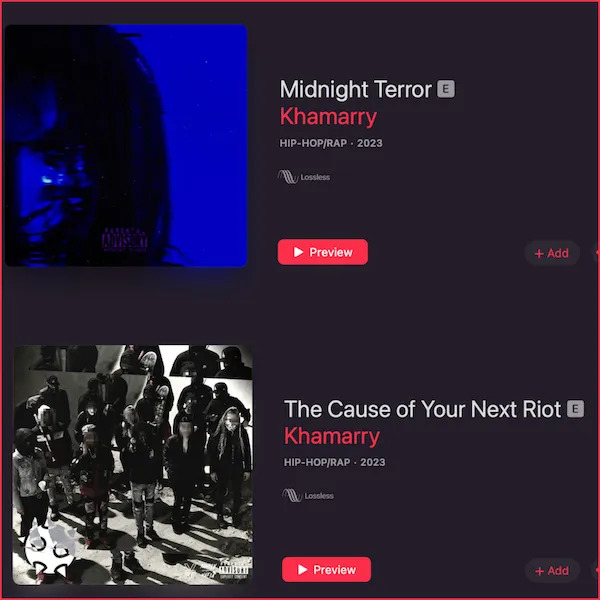
Beyond the beats and lyrics, Khamarry’s essence as an artist finds its rhythm in his performances and commanding stage presence. However, his relationship with success isn’t merely a destination, but an ongoing journey, a continuous evolution that is fueled by passion and a relentless commitment to authenticity.
He ties his success to his achievements over the years, such as opening for Montana of 300 or even having people recite his songs because they’re well acquainted with his music.
“I’m successful, but I’m not famous,” he said. “I’m successful in what I’m doing, but I have not achieved everything that I’m going for. Just because I have not achieved it, does not mean I’m not successful.”
The future of the genre unfolds like an unwritten verse, brimming with much potential and uncertainty.
According to Billboard, hip-hop, while still holding a significant 26% market share, has seen a slight decline from its previous standing at 27.8%. This shift, while not drastic, prompts a reflection on the evolving dynamics within the music industry.
With the global rise of diverse genres, such as Afrobeats and K-pop, the once unrivaled reign of hip-hop faces new challenges — and potential collaboration As the genre adapts to this changing landscape, questions arise about its future trajectory, sparking conversations within the hip-hop community — from “old school” to “new school” about evolution and the spirit that has defined the genre for half a century.
This discourse delves into the keynotes of hip-hop: authenticity, innovation, and preserving the roots while embracing the evolution of a dynamic music culture.
“I’ve learned that evolution is always going to happen whether you want it or not,” stated Joshua ‘J1’ Raiford, the director of hip-hop at Pandora and program director for SiriusXM Pandora Now. “We can’t go back in time. You can embrace evolution or you can live in a time bubble.”
J1 said that notable artists, including 50 Cent, Snoop Dogg, and the Wu-Tang Clan, received skepticism when they were up-and-coming artists because they were different and did things that weren’t being done — yet, they are considered a part of hip-hop’s expansive legacy.
J1 and his team curate playlists that will reach an audience and gain a massive amount of streams. He estimates that 50,000 songs are uploaded to streaming platforms daily. He also holds responsibility for introducing new music to the masses, providing listeners with an experience. J1 said it is important to embrace all generations that contribute to the legacy of the genre, not a particular era of hip-hop,
Music playlists play a crucial role in the typical music enthusiast’s journey. They not only serve as a platform to showcase emerging artists but also serve to expand a listener’s music diet by introducing them to the vast array of music available.
“You gotta know where you’re from to know where you’re going,” BlkPrl said. “Like Kanye said ‘old folks talking ‘bout back in my day, but, homie, this is my day’ — evolution is happening.”
Another noteworthy shift in the contemporary hip-hop landscape is the increasing prominence of female artists.
Kiana Fitzgerald, the author of “Ode to Hip Hop”, said this challenges the traditional notion that only a single female rapper can dominate the scene. She observed this gained traction in the early 2000s and 2010s, notably during Nicki Minaj’s rise to prominence.
“We’re seeing all these women [like Maiya the Don] who are making music and have to fight for one space — I think women and non-binary and fem MCs, in particular, have to face that challenge of ‘there can only be one of you’,” Fitzgerald said.
Additionally, there’s a rising visibility of LGBTQ+ artists like Saucy Santana and Lil Nas X, further diversifying the genre.
“Hip-hop can’t be put into one box — it goes across different races or sexual orientations,” J1 said.
Despite the marginal dip in market shares, hip-hop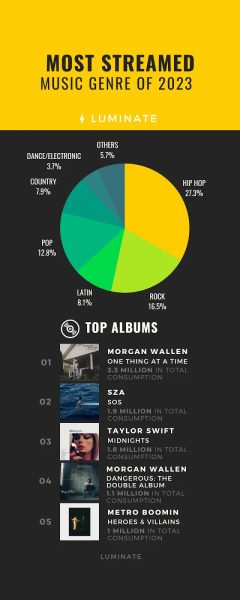 perseveres as the reigning force in the music landscape.
perseveres as the reigning force in the music landscape.
Moreover, globally, hip-hop stands out as one of the most widely embraced genres on Spotify, amassing over 400 million users who have streamed hip-hop music throughout the year. Notably, a quarter of all Spotify streams globally were dedicated to hip-hop with prominent artists like Nicki Minaj, Drake, and even fast-rising artist Ice Spice.
It’s crucial to recognize the genre’s profound connection to Black culture. From its birth in the South Bronx to its global dominance, hip-hop has served as a powerful expression of the Black experience. Beyond being a musical genre, hip-hop is a cultural force that continues to shape and amplify the voices of Black artists, reflecting resilience and creativity deeply ingrained in the fabric of Black culture.
“Hip-hop is culture, it’s life — it’s our stories, our experiences, how we communicate,” J1 said. “It’s changed lives, it saves lives. It’s given a voice to the voiceless. I look forward to continuing to see the evolution of not only hip-hop but those who evolved in it.”
Author’s Note: I’ve curated both a Spotify playlist and Apple Music ‘Hot 50’ playlist featuring tracks that encapsulate the essence of the genre, celebrating its diversity and evolution. Feel free to immerse yourself in the beats, rhythms, and stories that have shaped the last 50 years of hip-hop. Thank you for joining me on this musical journey. Tune in and enjoy the sounds that continue to define and redefine this cultural phenomenon — let the music speak for itself.

